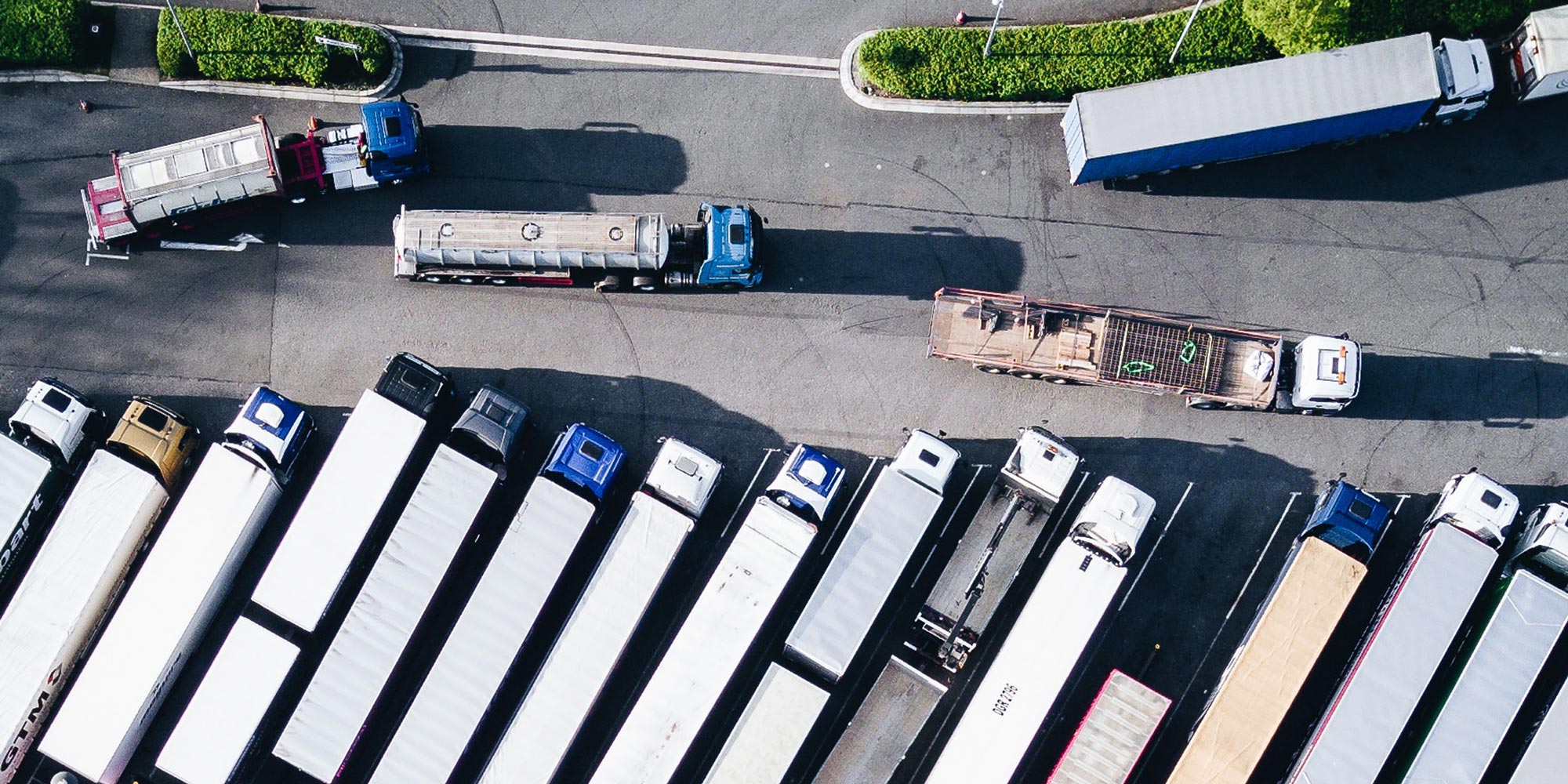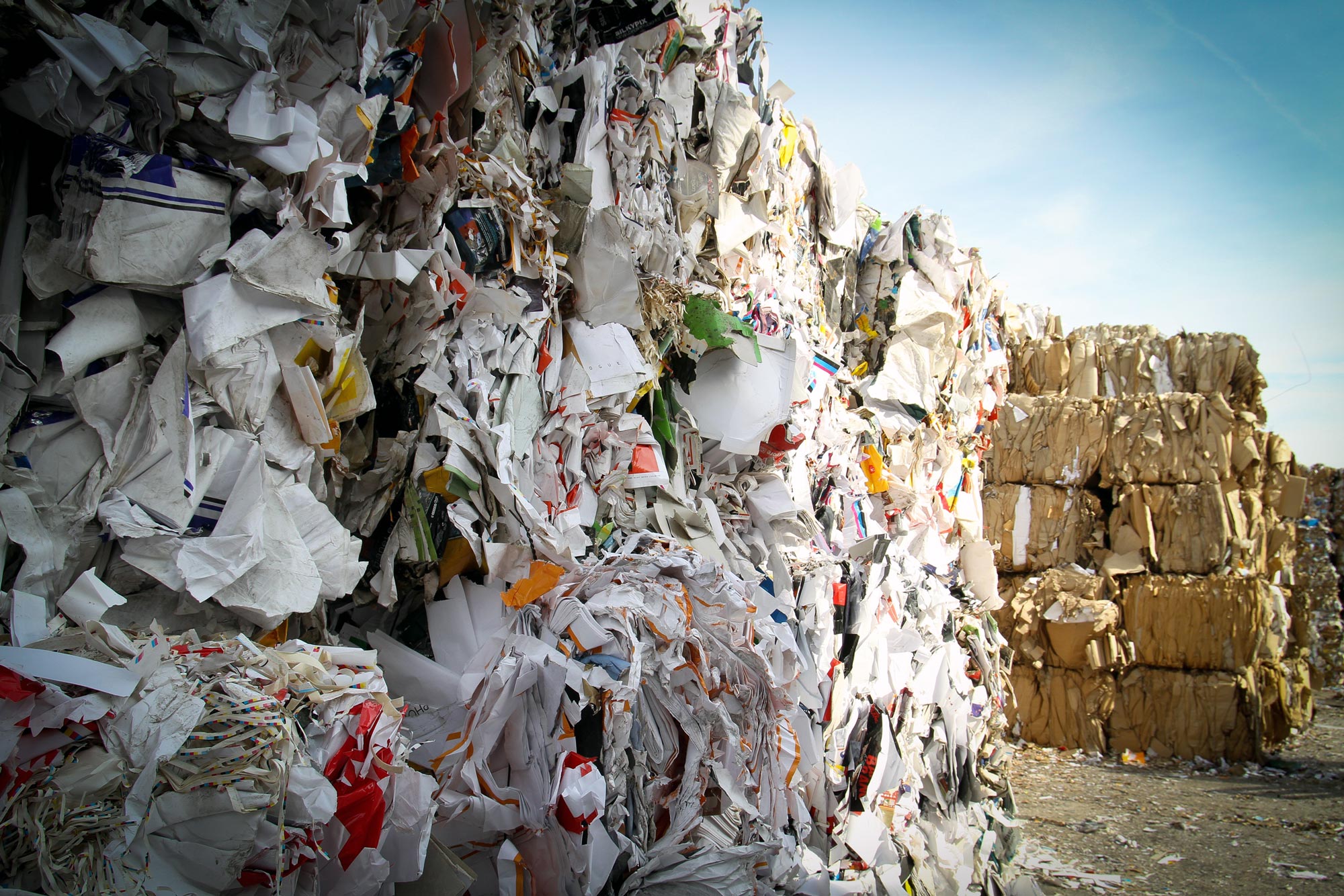ARIANA PRADAL • 19.04.2018
Reduce, Reuse, Recycle or; An attempt to tackle questions without easy answers
Shopping has become a complex process in the 21st century. Whether one can buy a chair or a bed with a clear conscience or not is often difficult to assess. A report of experiences.
It was an article 15 years ago that made me change my world view – the ecology of size. Until then it had all been very simple for me: Buy from your local small producer and avoid large global companies. But after reading this text my view of the world was turned upside down. The NZZ article featured a study that documented that lamb from New Zealand used less energy than lamb from Germany, that the energy balance for Brazilian orange juice was better than for European or regional apple juice – despite the long distance that both foods had to be transported. What applies to foods, can also be transferred to other goods – that was my conclusion at the time.
But what does the above-mentioned article have to do with Ikea? Well, every time that I buy something at Ikea or order something online, I am potentially bothered by a guilty conscience. I ask myself: Can I buy something from a global giant? It was only recently that I asked myself this question when I was ordering the Kura bed for my daughter. It is made of solid pine, is delivered to the door as a space-saving flatpack, has to be screwed together, has two different uses, various pretty accessories and an unbeatable price.
So that I can finally give my conscience an answer, I made my way to Spreitenbach, where Lorenz Isler, Ikea Switzerland’s sustainability officer, has his workplace. I immediately discover a few milestones from him: The flatpack was already invented by Ikea in 1956, then under pressure from Greenpeace, the company’s first global environmental strategy was developed in 1991, the company has been involved in sustainability on a grand scale since 2012 and the Swede wants to produce as much renewable energy as it needs by 2020. Lorenz Isler is also well aware that a lot of effort is still necessary to make Ikea even more sustainable: «Ikea is trying to influence the entire supply chain. We already look carefully at how raw materials are extracted and we also try to reuse waste created during production. For example we use the wood dust that occurs in the production facilities for heating.»
However, until now companies have not focussed sufficiently on the question of what happens to a product when the owners no longer want it. The great Swede is also thinking about new service models such as re-purchasing and re-selling, renting instead of buying, reconditioning furniture or different versions of swap shops. The aim of these considerations is to keep the products and the raw materials used to make them in use for as long as possible.
Rethinking and redesigning
After the conversation with the sustainability officer, I ask other experts whether I can shop at Ikea with a clear conscience. Corina Gyssler answers questions about consumption at WWF: «The WWF has been in a partnership with Ikea for many years, which pursues various objectives: CO2 reduction, energy efficiency, the production of renewable energy, wood from sustainable sources, cotton from sustainable sources, water efficiency, renewable, recyclable or recycled materials. This is why one can say: Anyone who buys at Ikea, is buying from a company that is involved in protecting the environment.» According to Corina Gyssler, the more difficult concern is what applies – similar to the textile industry – to a large part of the furniture sector: the fast-furniture trend. Here companies must realise that they need to reduce their environmental pollution and respect the ecological limits of the planet. Growth in the industry needs to be uncoupled from the use of resources and the negative effects on the environment.
Albin Kälin, managing director of EPEA Switzerland, and an advocate of the circular economy responds like this to my question of whether I can shop at Ikea with a clear conscience: «So that we can combine growth and sustainability, the industry needs to rethink and transform itself. Designers and manufacturers must design products in such a way that they satisfy the criteria for material health and it is indicated what happens to the raw materials used after their period of use. How can the raw materials that have already been used be re-used without a deterioration in their quality? If a product is designed in this way, then we can buy and use it with a clear conscience. However, most products today have not yet been considered in this way.» Many products, which at first glance appear sustainable, are actually not with a second glance. This is because if a wooden piece of furniture made of FSC certified wood is treated with an adhesive or varnish, which is not sustainable, then the circular effect cannot continue. There is a general requirement for more transparency and information about a product along the entire value added chain.
Many companies and authorities are in agreement: The circular economy can contribute to solving the ecological problems of our business model. But it still has a long way to go because in many sectors and companies there first needs to be a rethink and return channels and redesigns first need to be created.
Local or global?
In response to my second question whether products made locally are better, as expected, there is also no easy answer. Yves Zenger from Greenpeace believes: «One can’t really say that across the board. It very much depends on the production methods. Groceries for example are generally the most ecological if they are produced organically AND come from local, seasonal production. With regard to wood products, it very much depends on the type of wood among other things, the condition of the forest and the local political situation. The interests of the indigenous population must be preserved for example and the range of species protected.» Corina Gyssler from WWF adds:
«A major part of the wood used in Switzerland now comes from the rest of Europe. If thanks to the demand for environmentally friendly and socially acceptable FSC wood in Switzerland, forestry management can be improved abroad, then this is positive for nature and species protection in ecologically significant forests. Only if the wood has an economic value, is it safe from deforestation and conversion into meadows for cattle and agricultural fields.»
After the discussions with the four experts, I luckily know a bit more. As buyers we should expect more transparency, information and clarification from companies in the future. It should be a matter of course that more details appear next to the price, which inform me about the raw materials used, the energy balance, manufacturing and the after-life of the product. Then I can decide myself whether the details correspond to my values or not. Until this happens, the various sustainability labels help – although it can be difficult to maintain an overview. And what always helps: Only buy what you really need. Look after these products and treat them well, even when they have been repaired or passed on and also with a bit of imagination and humour use them for something different to what was originally intended.

